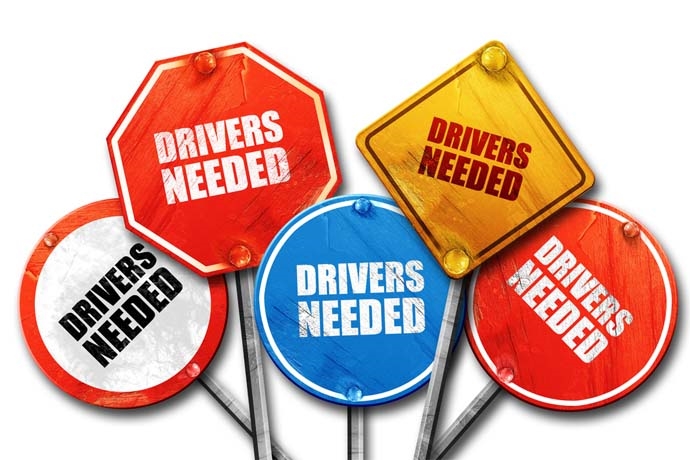
Did you know that Australia is quickly running short of truck drivers and the decline in this industry is forecasted to continue throughout the next decade? It’s been projected that between 2010 and 2030, truck freight will double and with one in five working drivers already at retirement age, this makes trucking a very viable niche for sustainable employment now and in the foreseeable future. Source: The Age May 2016
It can be a bit daunting and time consuming breaking into the industry, but with demand certain to grow the elbow grease will be well worth it.
Here are some steps to get your wheels rolling:
Requirements & Preparation
You will need a Light Rigid Driver’s Licence or higher to drive most commercial trucks in Australia but in order to upgrade to the next licence class, you’ll need to check the requirements for each State. In order to obtain a LR, MR or HR licence, you must hold at least a P2 licence and in the instance of a HR licence you must have it for at least two years. To move up to a HC licence, you must have held a MR or HR licence for at least one year.
So bear in mind that it will take at least four years to go from no license to obtaining your final HC license.
The difference in licence refers to the carrying capacity and axles numbers:
- Light Rigid: GVM not greater than 8 tonne and towing trailer must not weight greater than 9 tonne GVM.
- Medium Rigid: Any GVM but limits you to only drive 2 axle trucks. Also will not allow you to tow a trailer more than 9T
- Heavy Rigid: Unlimited vehicle GVM and no axle limitation, however still not able to tow a trailer more than 9T
- Heavy Combination: The only restriction on this licence is the ability to tow more than one trailer. Maximum is one.
- Multi Combination: Unrestricted operation of road registered heavy vehicles
With over 500 schools listed in the Australian Driver Trainer Association, finding a heavy vehicle driving school in your vicinity shouldn’t be a problem. Individual state road authorities publish material that you will need to know for your theory test. You will receive this material when enrolling with your driving school and learning this information will be essential in passing your theoretical and practical assessment tests.
To find out more. check out our blog on how to easily move up a truck licence.
Applying & Testing
All licencing is administered at state level and conducted in person. All states will put your theoretical knowledge to the test, you must pass a Roads and Maritime driving test or undertake HVCBA and you must pass an eye test. Be prepared that some states may also require you to do a medical certificate to ensure you are physically fit to drive.
One of the most challenging and expensive aspects of learning to drive a heavy vehicle is the practical assessment phase. When you sign up with your driving school, they’ll train and assess you (except in NSW where your trainer is not allowed to do this). If not using a school, it can be quite expensive to hire an instructor as well as a truck.
Registering & Finding a job
The final step is the most challenging part of your journey to become a truck driver, especially if you are looking for a job independently and without the prior backing of a trucking operator. Ensure you have covered off the following points:
- What type of industry do you want to work in? Some industries require slightly different experience levels and training.
- Prepare yourself for the lifestyle - some drive for long periods of time, irregular hours, early morning or late shift and let’s not forget the days away from home.
- Ensure you know how to perform daily inspection and maintenance on your truck.
- Familarise yourself with the tools required to perform the job ie ropes, straps, tarpaulins, adjusting cargo, loading and unloading
- Be up to date with technology - the days are gone when you would be expected to carry a street directory. It’s time to keep up with the times and ensure you are familiar with the on boarding technology which includes the nav system.
- Sign up to industry news to ensure you are up to date with the latest in legislation, events, media releases and much more
- Ensure you apply the right techniques to make your journey comfortable ie positioning, stretches and adopt a fatigue management plan
- And finally online sources can assist with finding that job with your name on it. Here are some suggestions:
- driverjobs.com.au
- drivers.com.au
- Seek.com
- Indeed.com
Don’t’ give up! Remember every driver on the road today got their start somewhere…